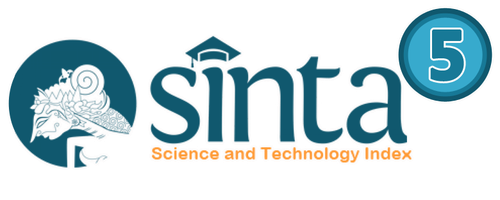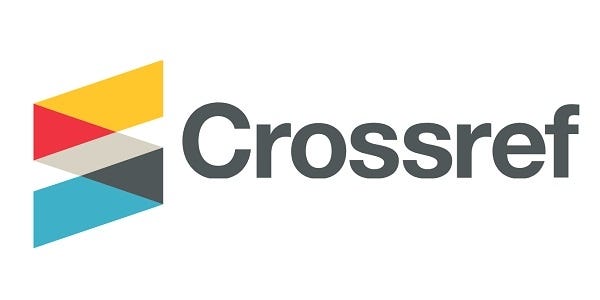ANALYSIS OF FIGURATIVE LANGUAGE IN STEPHEN SANCHEZ’S SONG LYRICS
DOI:
https://doi.org/10.47080/jeltl.v6i1.2468Keywords:
Figurative Language, Song, LyricsAbstract
Figurative language is communication with connotation; it may be in the form of a phrase. This research aims to identify the different kinds of figurative language used in the lyrics of Stephen Sanchez’s songs. The theory from Leech (1981) was used to assess the meaning of figurative language, and the theory from Perrine & Arp (1991) was utilized to distinguish the different varieties of figurative language. The findings of this study demonstrated the use of seven figurative languages, including 12.5% of personification, 12.5% of simile, 12.5% of symbol, 25% of metaphor, and 37.5% of hyperbole in Stephen Sanchez’s songs. According to the analysis, hyperbolic figurative language is the most prevalent in Stephen Sanchez’s song lyrics.
Downloads
References
Brown, H. D. (2007). Teaching by Principles: An Interactive Approach to Language Pedagogy. New York: Pearson Education.
Dennis, D. (1996). Language and Diction in Linguistics. Berkeley: University of California.
Fitria, T. N. (2018). Figurative Language Used in One Direction’s Album Entitled Up All Night. Elite: English and Literature Journal, 5(1), 69-79. https://doi.org/10.24252/elite.v5i1a7
Hornby, A.S. (2000). Oxford Advanced Learner’s Dictionary. Oxford: Oxford University Press.
Hariyanto, H. (2017). The analysis of figurative language used in the lyric of firework by Katy Perry (a study of semantic). Jurnal Tadris Bahasa Inggris, 10(1), 46-60. https://doi.org/10.24042/ee-jtbi.v10i1.874
Ibrahim, I., Akib, M., & Hasyim, R. (2019). The Analysis of Figurative Language in “Endless Love” Song Lyric. Jurnal Bahasa dan Linguistik, 8(2), 119-130. https://doi.org/10.33506/li.v8i2.464
Kennedy, X. J. & Gioia. D. (2005). An Introduction to Poetry. New York: Longman
Kennedy, X.J. (1983). Literature: An Introduction to Fiction, Poetry, and Drama. Boston: Little, Brown and Company.
Kurniawan, D. (2014). An Analysis of Figurative Language in Scorpion Song Lyrics and its Application in ELT for Junior High School Students (Bachelor’s Thesis, Universitas Muhammadiyah Purworejo). Retrieved from http://repository.umpwr.ac.id:8080/handle/123456789/2634
Lang, P. (2002). Figurative Language and Semantics. Boston: Little Brown and Company.
Leech, G. (1981). Semantics: The Study of Meaning. Harmondsworth: Penguin Books.
Perrine, L. & Arp, T. R. (1991). Sound and Sense: An Introduction to Poetry. New York: Harcourt Brace Jovanovich College Publishers.
Rhody, L. M., (2012). Topic Modeling and Figurative Language. Journal of Digital Humanities, 2(1), 19-35. http://journalofdigitalhumanities.org/2-1/topic-model-data-for-topic-modeling-and-figurative-language-by-lisa-m-rhody/
Siregar, U. D., Lubis, S., & Nasution, K. (2021). Using the Theory of Conceptual Metaphor to Understand Utterance Metaphorical in English Version of Surah An-Nisa. Jurnal Ilmu Bahasa, 7(1), 19–24. https://doi.org/10.22225/jr.7.1.2884.19-24[1]
Sabata, Y., & Ibrahim, I. (2018). Phatic Function in the Novel “A Potrait of the Artist As A Young Man” By James Joyce. KEMBARA: Jurnal Keilmuan Bahasa, Sastra, dan Pengajarannya, 4(1), 108–114. http://ejournal.umm.ac.id/index.ph/ kembara/article/view/5735
Setiawati, W., & Maryani, M. (2018). An Analysis Of Figurative Language In Taylor Swift’s Song Lyrics. PROJECT (Professional Journal of English Education), 1(3), 261-268. http://dx.doi.org/10.22460/project.v1i3.p261-268







